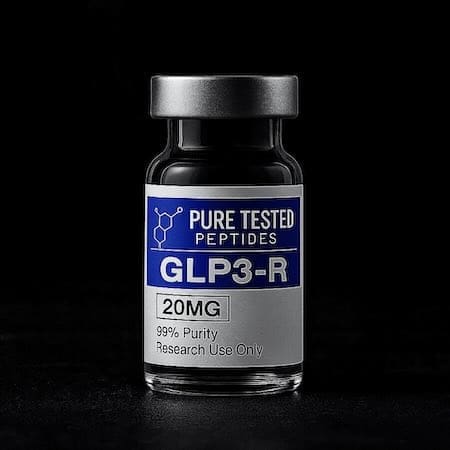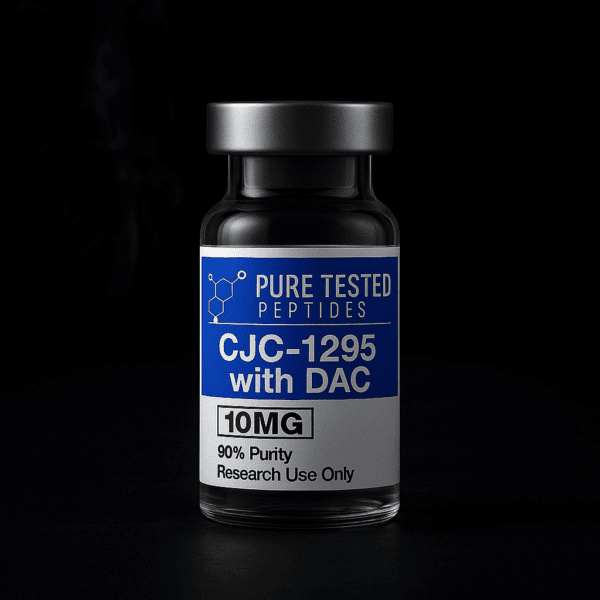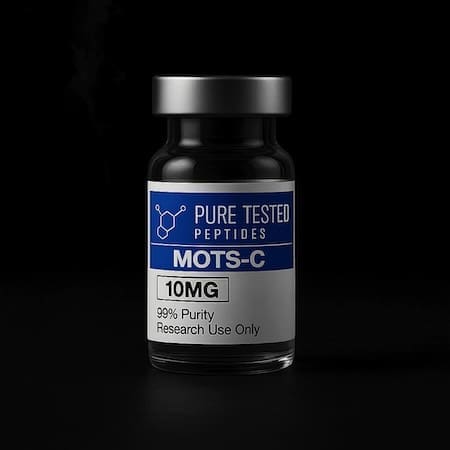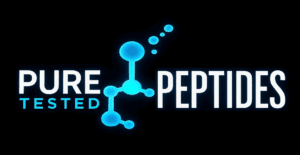Where to Buy Peptides Online — LL-37 Mechanism & Research Overview
Research-only educational content. No medical claims. All products at PureTestedPeptides.com are for laboratory, in-vitro, or analytical use only — not for human consumption.
LL-37 at a glance: the mechanism map
 |
For deeper background, see the LL-37 product page for literature pointers and the innate-immunity overview. |
How LL-37 “does the job”
1) Membrane targeting 101
Microbial outer surfaces are usually more negative than mammalian membranes. LL-37’s positive residues cruise right in, align on the bilayer, and — in enough numbers — make the membrane leaky. Depending on lipid composition and crowding, it’s a mix of toroidal pores, carpet-like destabilization, and transient defects. Net effect: tough day for bacterial homeostasis.
2) Endotoxin buffering
LL-37 can dock into LPS, the big inflammatory trigger from Gram-negative walls. By sequestering LPS, it can reduce TLR4 activation in model systems — handy when the goal is to study immune responses without runaway noise.
3) Immune choreography
LL-37 isn’t just a membrane buster. It’s also a “go here, do this” signal: chemotaxis via FPR2, shaping neutrophil behavior, and helping epithelial barriers keep it together under stress. In vitro, you’ll see changes in ROS, cytokines, and migration.
4) Nucleic-acid binding & NET effects
It binds DNA/RNA like a tiny Velcro strap. In the context of neutrophil extracellular traps (NETs), that can stabilize structures and modulate how TLRs read the room. The specific outcome depends on context (sequence/length, ionic strength, etc.).
5) Biofilm disruption
Biofilms resist a lot of interventions because matrix plus altered physiology = fortress. LL-37 has a two-front effect — perturbing cells and the surrounding matrix — which can help break up established biofilms in bench models.
6) Tissue repair cues
Keratinocytes and fibroblasts “hear” LL-37. In wound models, LL-37 exposure can nudge migration and angiogenic signaling — again, context-specific and dose-dependent, but consistent with a broader host-defense peptide role that’s more conductor than soloist.
Popular Products (and why researchers pair them)
GLP3 online: triple-agonist research tools
 |
GLP3-R (20 mg) is a triple agonist research compound (GLP-1R/GIPR/GCGR) useful when you’re modeling complex energy-balance pathways alongside innate-immunity questions. Open GLP3-R 20 mg. |
CJC-1295 with DAC (stable GH-axis stimulus)
 |
CJC-1295 (with DAC) extends systemic exposure through albumin binding — a friendly model when your study design prefers steadier GH/IGF-axis signaling. Open CJC-1295 with DAC 5 mg. |
MOTS-c (mitochondrial-encoded micropeptide)
 |
MOTS-c is tied to the AMPK axis and stress-response signaling. Researchers sometimes profile innate-immunity peptides like LL-37 alongside mitochondrial peptides to map crosstalk between metabolism and defense. Open MOTS-c 10 mg. |
SLU-PP-332 (ERR pan-agonist tool)
 |
ERRα/β/γ activation (via SLU-PP-332) is a clean way to light up oxidative-metabolism programs in muscle and other tissues. Pairing this with LL-37 can help tease apart how metabolic tone shifts immune phenotypes in bench models. Open SLU-PP-332. |
Methods notes researchers often care about
- Buffers & salts: Because LL-37 is cationic, ionic strength changes the story (binding and aggregation). Keep your buffer conditions consistent.
- Surfaces & plastics: Adsorption can quietly drop effective concentration; pre-wetting or carrier proteins (as appropriate to your protocol) can help.
- Membrane composition: Gram-negative vs Gram-positive vesicles behave differently; tailor lipid mixes to your organism/model.
- Dose/time windows: LL-37 can flip from immunostimulatory to modulatory depending on dose and cell type; plan a range.
Need a larger catalog view? See All Peptides for Sale.
Disclaimer: All compounds referenced are sold strictly for research, laboratory, or analytical purposes only. Not for human consumption. No statements here are evaluated by the FDA. No disease diagnosis, treatment, or prevention claims are made.

